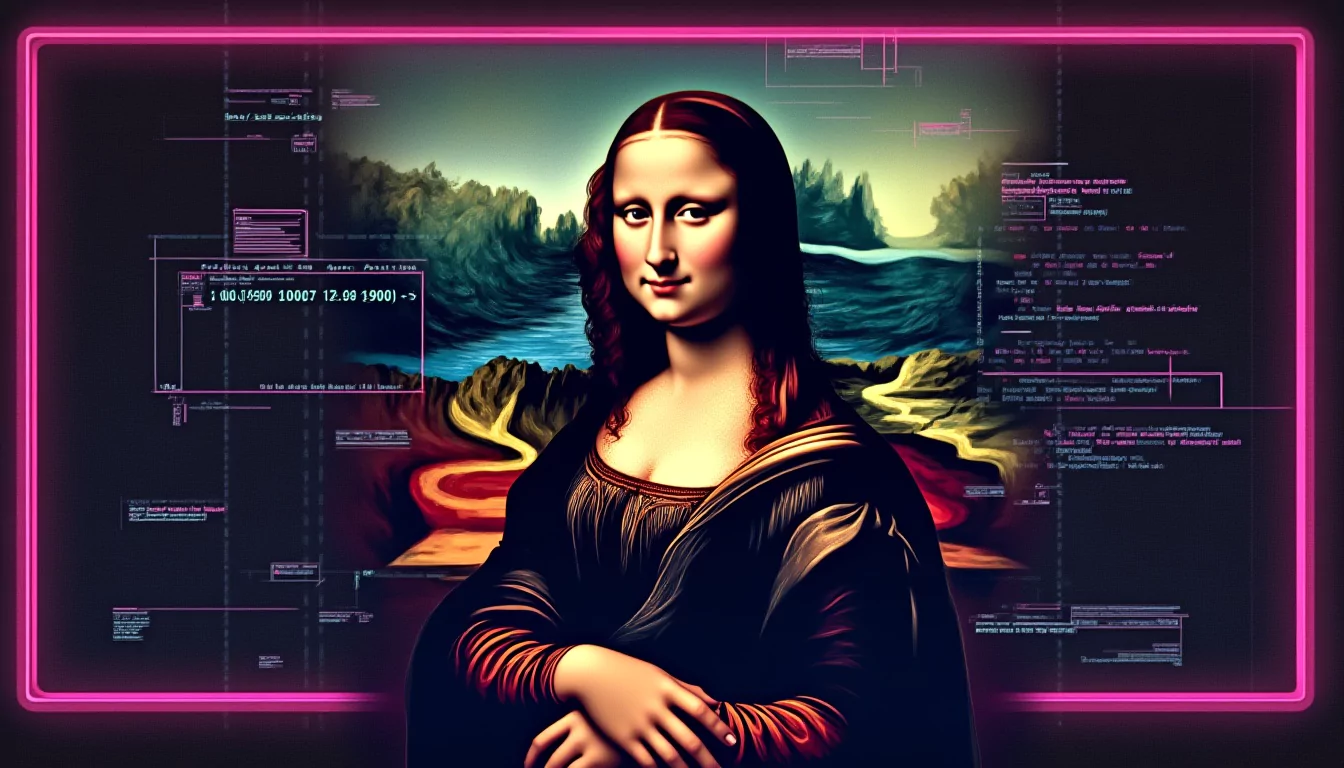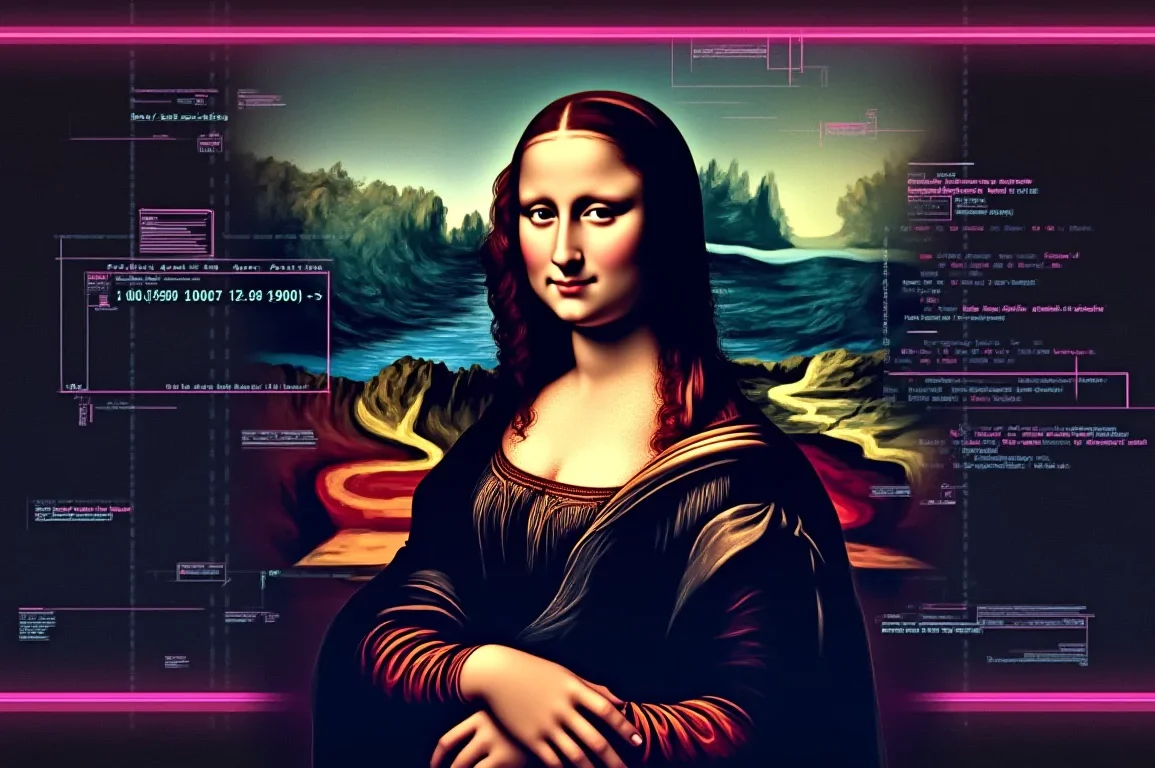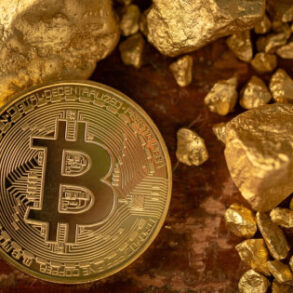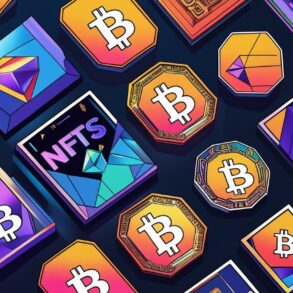
In the year 2000, the drummer of the band Metallica sued Napster, a then-innovative peer-to-peer file-sharing service, in what became one of the most pivotal legal battles in music history.
Metallica, led by Ulrich, sued Napster for copyright infringement after a demo of their new song “I Disappear” got leaked and was later shared by the internet on Napster. It wasn’t even one of the good Metallica songs! And yet, it created the online piracy debate we have up until today.
At the time, online piracy was still in its infancy, and Millennials generally thought it was a good thing. It was certainly kind of magical and empowering to be able to download songs, movies, TV shows… everything at arm’s reach, and for the cost of zero moneys.
Also, understandable. It can be sort of funny seeing a multi-millionaire like Ulrich complaining about being ripped off. But at the end of the day, he sort of was ripped off, wasn’t he?
It was his music, his job, his intellectual property — and yet we younglings thought it was ok to just take it away from him. Fast forward to today, and we’re still wrestling with that same dilemma: how do artists protect and monetize their work in a digital-first world?
That’s where crypto art and NFTs come in. They offer artists something Lars never got: a way to prove ownership, reclaim value, and maybe — just maybe — get a little justice for all.
Crypto Art Explained for Beginners
The concept of crypto art, by the use of non-fungible tokens, was introduced to us in the 2021 trend of celebrities spending millions of dollars on NFT images to boast about it on their social media profile pics.
If you don’t know much about NFTs, take a look at this article first.
We’ll be honest here. Having Logan Paul and Jimmy Fallon become the poster boys of this quite amazing technology wasn’t the best way to make a good first impression.
But actually, NFTs can be very cool. First, they solve Lars Ulrich’s dilemma: “How can you prove ownership of something digital?”
Crypto art, through NFTs, offers a solution. These tokens are unique digital certificates stored on the blockchain. The way they work is relatively simple. Kind of like a cryptocurrency project can “mint” tokens that are unique and never changeable, artists can mint a digital artwork as an NFT, permanently tying that piece to a one-of-a-kind token on the blockchain.
Secondly, they create an open marketplace where digital artists can sell their work directly to collectors. This means more accessible venues of revenue for artists, and fewer middlemen roadblocks for people interested in acquiring art.
How NFTs Are Changing the Art World
For decades, being an emerging artist meant facing a brutal uphill battle just to get noticed. Landing gallery representation, fighting for exhibition slots, trying to fit into a world that seemed to reward “my dad knows someone” more than “my art’s actually good.”
But with the rise of NFTs, the rules started changing. Suddenly, digital artists didn’t have to wait for a gatekeeper’s stamp of approval. They could mint their own work as NFTs, list it on a public marketplace, and start building a collector base directly.
This shift has democratized art access in unprecedented ways:
- Geography doesn’t matter—a digital artist in Nairobi can sell to a collector in Berlin with the same ease as someone in New York.
- Curation is decentralized—instead of waiting to be “discovered,” creators build their own audiences via social media and Web3 platforms.
- Control stays with the artist—from pricing to royalties, artists set the terms.
And the establishment? It’s paying attention. In 2021, Christie’s auctioned Beeple’s NFT for $69 million, sparking a wave of experimentation. Sotheby’s launched its own NFT platform. Brands like Adidas and Gucci are collaborating with crypto-native artists. Even museums are dipping their toes into blockchain for provenance tracking and digital exhibitions.
While there are still growing pains (scams, volatility, and hype cycles), the fundamental shift is clear: NFTs are giving power back to creators, and they’re dragging the old art world into the future.
NFT Impact on Artists
NFTs have given digital artists real power. For the first time, they can sell unique pieces, set their own prices, and earn automatic royalties from resales. Why are NFTs important for creatives? Because they level the playing field. When competition and notoriety carry equal weight, artists and their work can finally be valued on merit, not connections.
How Crypto Art Empowers Creators
Crypto art doesn’t just help artists get paid—it gives them control over every part of their creative and commercial process.
With NFTs, artists can:
- Set their own prices, without needing validation from galleries or agents.
- Choose between limited editions or open editions, deciding exactly how scarce their work should be.
- Bake in automatic royalties using smart contracts, so they earn a percentage every time their art is resold—forever.
All of this means less reliance on the traditional art world and more room to build direct relationships with fans and collectors. Creators become their own curators, marketers, and dealers—building brands that live on-chain and across social platforms.
In a world where digital attention is currency, NFTs give artists the tools to own both their art and their audience.
How Artists Make Money with NFTs
NFTs let artists earn upfront and over time, turning art into a recurring revenue engine.
- Primary Sales: Minting and selling 1/1 or editioned pieces directly to collectors.
- Royalties: Earning a % every time the NFT resells—automated via smart contracts.
- Commissioned Drops: Creating exclusive collections for platforms or communities.
- Brand Collaborations: Partnering with companies (e.g., RTFKT x Fewocious) for co-branded digital art.
- Generative Collections: Launching large-scale, code-driven series with unique outputs—à la Art Blocks or Beeple’s “Human One.”
NFT Royalties for Digital Artists
How do NFTs help digital artists earn money? Well, by leveraging blockchain technology and smart contracts, plus decentralized marketplaces, NFTs turn digital art into something provably ownable and sellable.
On top of selling art pieces, perhaps the most meaningful innovation NFTs bring to the table is the ability to allow creators to receive automated royalties for their work. Different from traditional art markets, where an artwork is resold, the original creator usually gets nothing for it; NFTs allow artists to generate income for their work with the help of smart contracts on the blockchain.
Every time an artwork is sold, the creator can stipulate a reselling clause, allowing them to earn up to 10% on every sale after. The best part is that this clause is not made in a contract — but actually a smart contract — meaning that everything happens automatically after the sale is completed, without the need for lawyers, galleries, or chasing down payments.
Digital Art on the Blockchain
Digital art on the blockchain means each piece is directly tied to a unique token. This guarantees the authenticity of the artwork, as its history and metadata are registered on a public ledger.
Even if that artwork is copied and tampered with, the original work’s authenticity is guaranteed through a decentralized network of nodes.
This system brings transparency, permanence, and global verifiability—something traditional art can’t offer. So, are NFTs the future of the creative industry? If artists want control, traceable royalties, and global reach, the blockchain might just be their new canvas.
NFT Marketplaces for Artists (Quick Guide)
- OpenSea – Largest and most accessible. Wide audience, low fees, supports multiple blockchains. Great for beginners but lower curation.
- Foundation – Invite-only platform with a strong art-forward community. Higher curation, 5% platform fee, popular with serious collectors.
- SuperRare – Highly curated, focused on 1/1 crypto art. Tough entry, but offers prestige and a strong collector base. Charges 15% on primary sales.
- Zora – Open platform with creator-owned infrastructure. No platform fees, flexible minting. Ideal for experimental or community-driven drops.
- Objkt – The go-to for Tezos-based art. Eco-friendly, low gas fees, open access. Supports diverse and emerging creators.
New artists looking for volume and ease: start with OpenSea or Objkt. If you’re going for niche collectors or prestige, try Foundation or SuperRare.
Selling Art as NFTs
So you’ve got the art, now let’s get it on-chain.
1. Choose a Marketplace: Pick a platform based on your goals:
- OpenSea: best for accessibility and multi-chain support.
- Foundation: great for high-quality 1/1 pieces with curation.
- Objkt: perfect for eco-friendly, Tezos-based art. Look at the fees, audience, and whether it fits your aesthetic or brand.
2. Set Up a Crypto Wallet: You’ll need a crypto wallet like MetaMask, Ka.App, or Temple (for Tezos), to register with the marketplace, mint and sell artworks, and so on.
3. Mint Your Artwork: Upload your file, add metadata (title, description, etc.), and mint it. This creates a token on the blockchain tied to your piece. Choose between 1/1 originals or editioned series depending on your strategy.
4. Write a Description & Set Royalties: Describe the art, your process, and what makes it special. Don’t forget to set your royalty % (most artists go with 5–10%).
5. Promote the Drop: Drop day is showtime. Use your social media channels (Twitter/X, Instagram, Discord) to build hype ahead of the release.
🎁 Bonus: Tips for First-Timers
- Pricing: Start modestly to build traction. Look at similar artists’ prices.
- Timing: Avoid major drops/cluttered news cycles. Own your release window.
- Community: Connect with collectors, support other artists—it’s social currency.
Top Crypto Art Platforms 2025
- Blur – For high-volume traders and collectors. Fast listings, zero fees, now experimenting with AI-curated drops and dynamic pricing tools.
- Manifold – Creator-first. Full control over your smart contract, branded mint pages, and easy drops—perfect for artists who want flexibility without coding.
- Rarible – Community-powered with DAO governance. Multichain, customizable storefronts, and pushing into AR/VR with experimental virtual gallery features.
NFT Art Trends 2025
The NFT game is evolving fast, and now in 2025, we are already seeing newer trends emerge. AI-generated pieces are starting to gain traction, and interactive NFTs are bridging the gap between physical and digital experiences. Artists are experimenting with “phygital” drops, where owning an NFT unlocks a real-world item or vice versa.
Music, fashion, and even live events are being tokenized, creating NFTs that act as tickets, merch, or backstage passes.
Blockchain Technology in the Art Industry
The traditional art industry is slowly moving into blockchain technology as well. Galleries and museums are beginning to use it to track provenance, the full ownership history of a piece, through smart contracts.
Also, certificates of authenticity are going digital. Platforms like Verisart and Artory issue blockchain-based certificates that prove a work’s legitimacy and link it directly to the artist.
Even insurance providers are using blockchain to verify claims and reduce fraud in the art world. So, can blockchain make art more secure? The proof is in the pudding.
Benefits of Crypto Art for Collectors
- Provenance & Transparency: Every NFT has a public, tamper-proof record of ownership and authenticity.
- Global Access: Collectors can discover and support artists from anywhere—no gallery needed.
- Liquidity: NFTs are easy to buy, sell, or trade on marketplaces with just a few clicks.
- Digital Display: Show off your collection in smart frames, virtual galleries, or metaverse spaces.
NFTs and the Creative Economy
NFTs are changing the art industry by empowering artists and allowing democratic access to creative works all around the world.
When Lars Ulrich stood up to Napster in the early 2000s, it wasn’t about ownership, but rather about artists losing control and not getting paid for their work. Today, NFTs offer a new model. They don’t stop sharing, but they reward originality.
Frequently Asked Questions
1. What is crypto art, and how does it work?
Digital art tied to NFTs on the blockchain, proving authenticity, ownership, and scarcity.
2. Where can I buy crypto art?
Marketplaces like OpenSea, Foundation, SuperRare, and Objkt host and sell crypto art.
3. What are the risks and benefits of NFT art?
Benefits: royalties, global exposure, verified ownership. Risks: market volatility, scams, unclear resale royalties on some platforms.
4. Which platforms are best for selling NFT art?
OpenSea (accessible), Foundation (curated), SuperRare (exclusive), Objkt (eco-friendly), Manifold (custom contracts).
5. How does crypto art change art ownership?
Ownership is public, trackable, and permanent—no galleries or paperwork needed.
This post was originally published on this site be sure to check out more of their content








